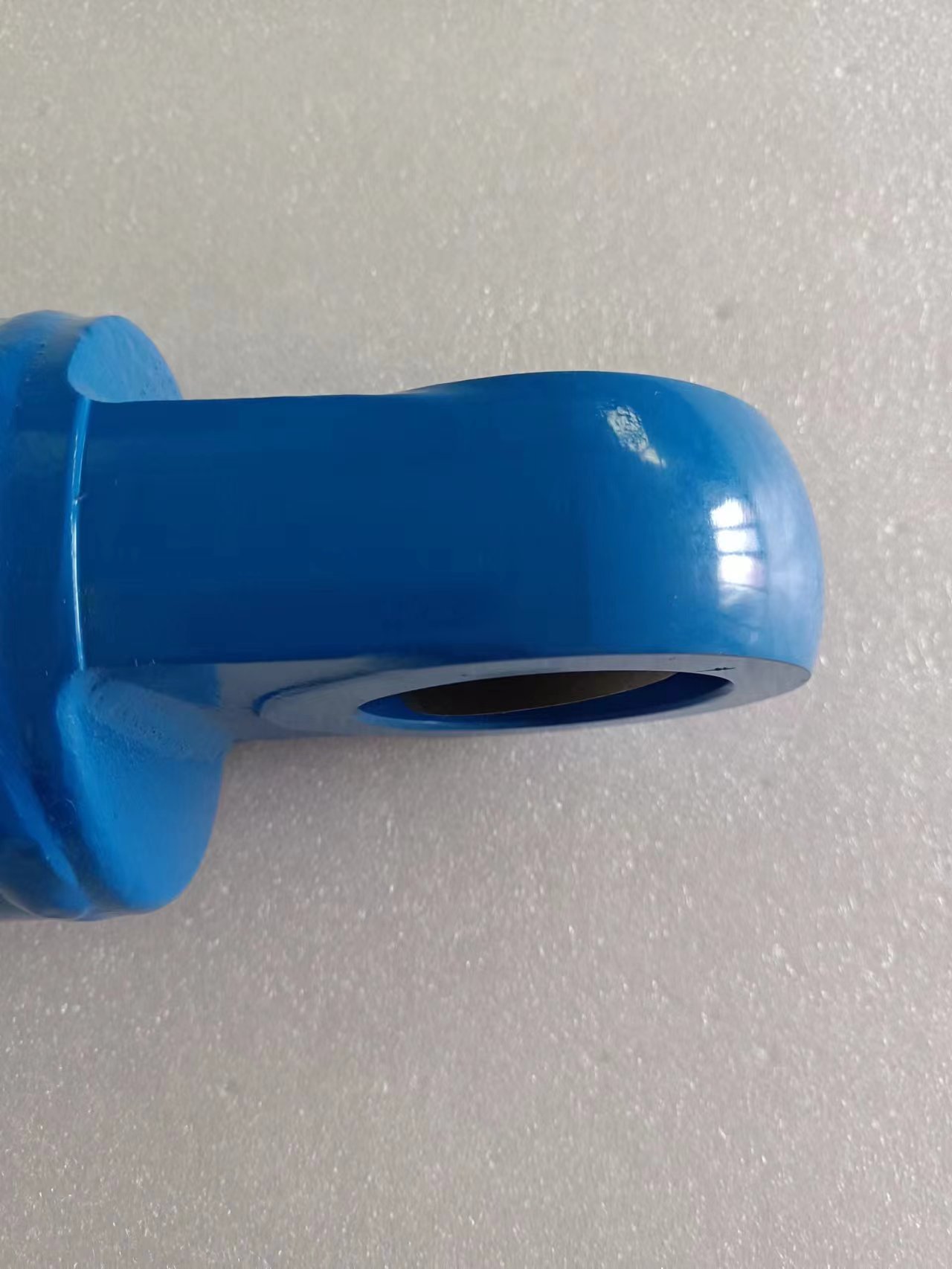Oct . 15, 2024 02:26 Back to list
Essential Components of Hydraulic Cylinders for Enhanced Performance and Durability
Understanding the Essential Components of Hydraulic Cylinders
Hydraulic cylinders are pivotal components in various machinery and equipment, widely utilized across industries such as construction, manufacturing, and automotive. These powerful devices convert hydraulic energy into mechanical energy, facilitating the movement of heavy loads and enabling precision control in operations. To comprehend their functionality fully, it is essential to understand the critical parts that comprise a hydraulic cylinder.
1. Cylinder Barrel
The cylinder barrel is the primary structure of the hydraulic cylinder, where the hydraulic fluid accumulates and exerts pressure. Typically made from high-strength steel or aluminum, the barrel’s internal surface is precisely honed to reduce friction and wear, ensuring smooth operation. Its robust construction is vital, as it must withstand high pressures during operation without deforming.
2. Piston
The piston is another crucial component, fitted inside the cylinder barrel. It separates the hydraulic fluid into two chambers, creating the force needed for linear motion. When hydraulic fluid is pumped into one side of the piston, it generates pressure that moves the piston and, consequently, the attached load. Depending on the design, pistons can be single-acting (moving in one direction) or double-acting (able to move in both directions).
3. Rod
The hydraulic rod, often referred to as the piston rod, extends from the piston and connects the cylinder to the mechanism it drives. It transmits the force generated by the piston to the external load. Made from high-strength materials to prevent bending or breaking under pressure, the rod is also equipped with seals to prevent hydraulic fluid leakage. The size and design of the rod vary based on the application and required load capacity.
4. End Caps
End caps are crucial for sealing the cylinder barrel, ensuring that hydraulic fluid remains contained within the system. They are typically bolted or welded to the ends of the barrel and may include mounting features for attaching the cylinder to various structural elements. The end caps also house the seals, which prevent fluid leakage while allowing the rod to extend and retract smoothly.
hydraulic cylinder parts product

5. Seals and Packing
Seals and packing play a vital role in the functionality of hydraulic cylinders. They are essential for maintaining pressure within the cylinder, ensuring a tight fit around the rod as it moves in and out of the barrel. Common types of seals include O-rings, U-cups, and rod seals, each designed to withstand specific operating conditions and temperatures. Proper selection and maintenance of seals are critical to avoid failure and extend the operational lifespan of the cylinder.
While not a physical part of the cylinder, the hydraulic fluid is an indispensable element of the system. It serves as the medium through which power is transmitted, imparting force to the piston. Common types of hydraulic fluids include mineral oils, water-based fluids, and biodegradable options. The choice of hydraulic fluid affects the cylinder’s performance, temperature stability, and efficiency.
7. Ports and Connectors
Ports and connectors facilitate the entry and exit of hydraulic fluid into and out of the cylinder. These are typically located on the end caps and are designed to ensure a secure connection with hydraulic lines. Properly designed and maintained ports are essential to prevent leaks and ensure efficient operation.
8. Accumulator (optional)
Although not present in every hydraulic cylinder, an accumulator can be added to store hydraulic fluid under pressure. This component can enhance the performance of the hydraulic system, providing additional force during operation and compensating for fluctuations in demand.
Conclusion
The efficient operation of hydraulic cylinders hinges on the quality and functionality of their individual parts. Understanding the role of components such as the cylinder barrel, piston, rod, end caps, seals, and hydraulic fluid is vital for anyone involved in the design, maintenance, or operation of hydraulic systems. By ensuring these components are properly maintained and functioning, operators can maximize efficiency, safety, and longevity in their hydraulic applications. As technology advances, improvements in materials and design continue to enhance the performance of hydraulic cylinders, solidifying their role as indispensable tools in modern industries.
-
Fork Lift Power Units - Hebei Shenghan | Efficiency, Reliability
NewsJul.13,2025
-
1.5-Ton Turbocharged Cylinder-Hebei Shenghan|Hydraulic Solution,Energy Efficiency
NewsJul.13,2025
-
Auto Hoist Power Units-Hebei Shenghan|Efficiency&Industrial Lifting
NewsJul.13,2025
-
Double Acting Power Units-Hebei Shenghan|Hydraulic Solutions,Industrial Efficiency
NewsJul.13,2025
-
1.5 Ton Lifting Cylinder 70/82-40-290-535 - High-Performance Hydraulic Solution | Hebei Shenghan
NewsJul.13,2025
-
Fork Lift Power Units - Hebei Shenghan | Efficiency&Reliability
NewsJul.13,2025
